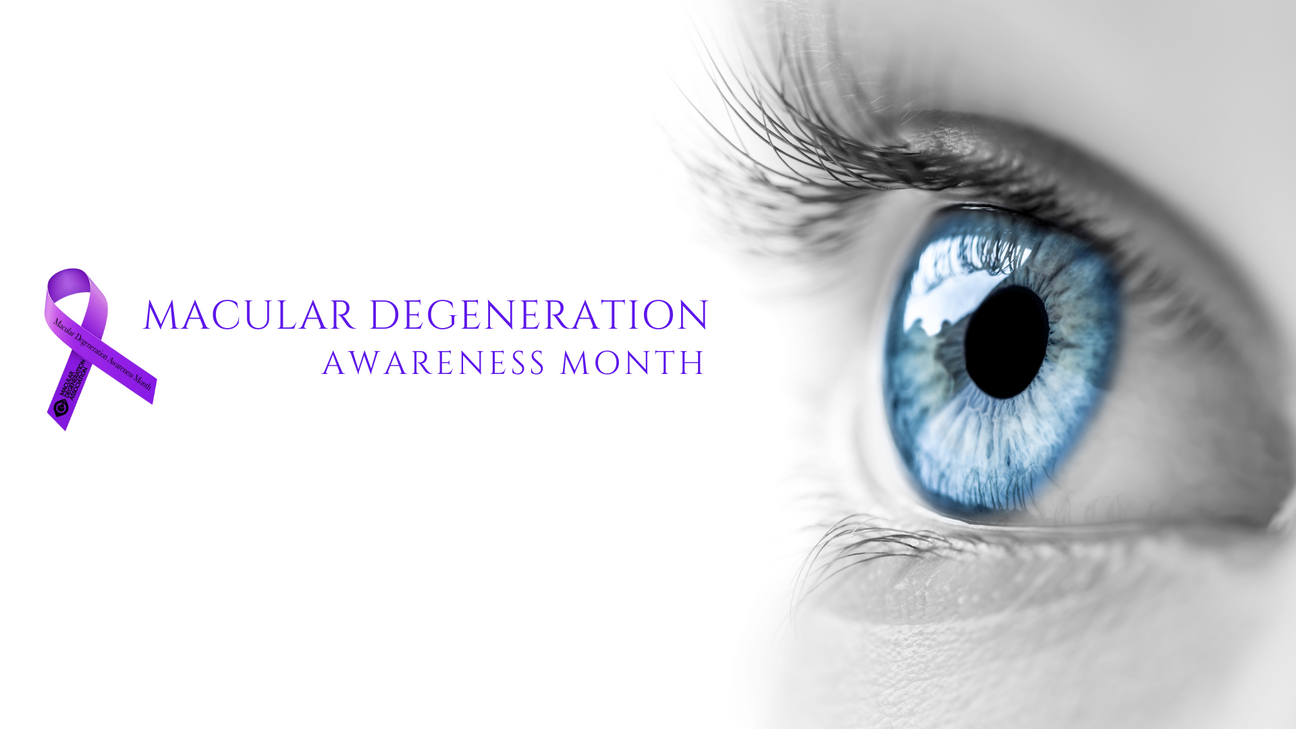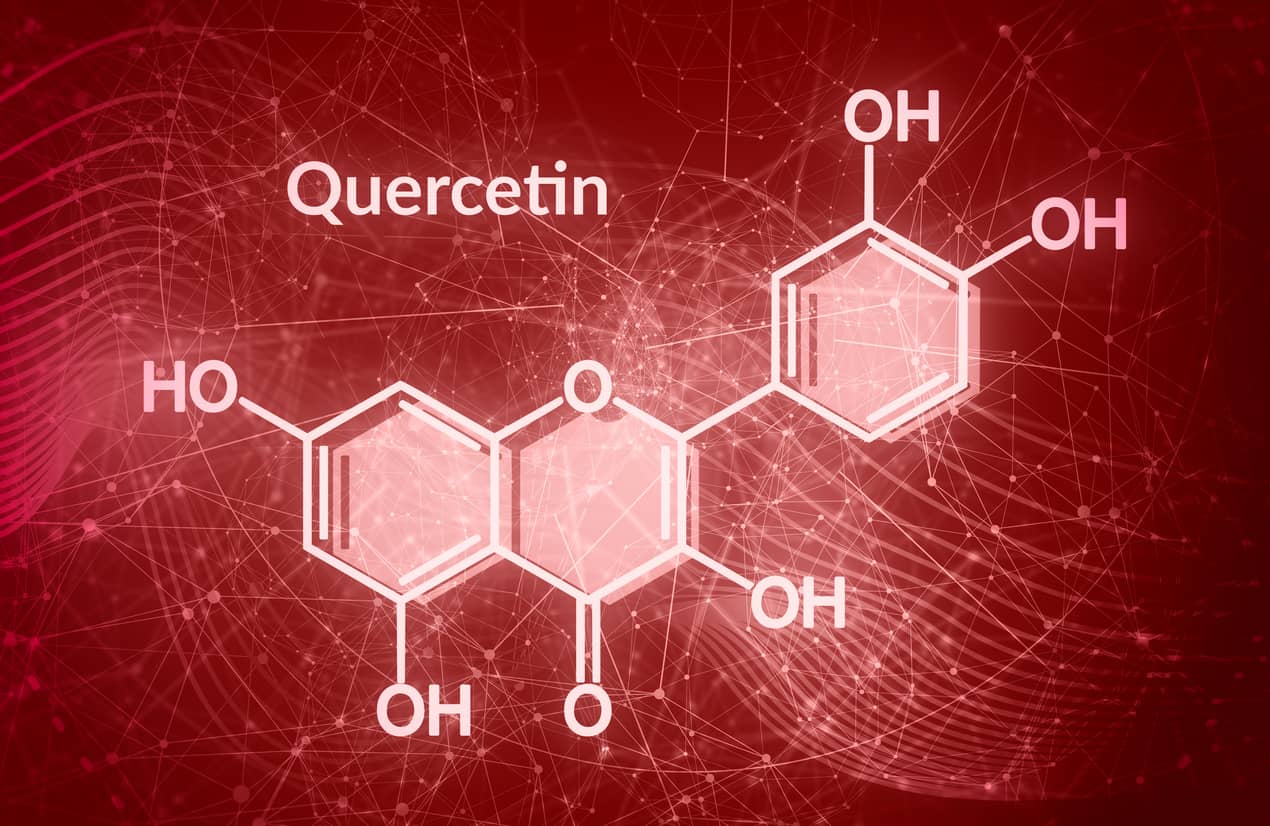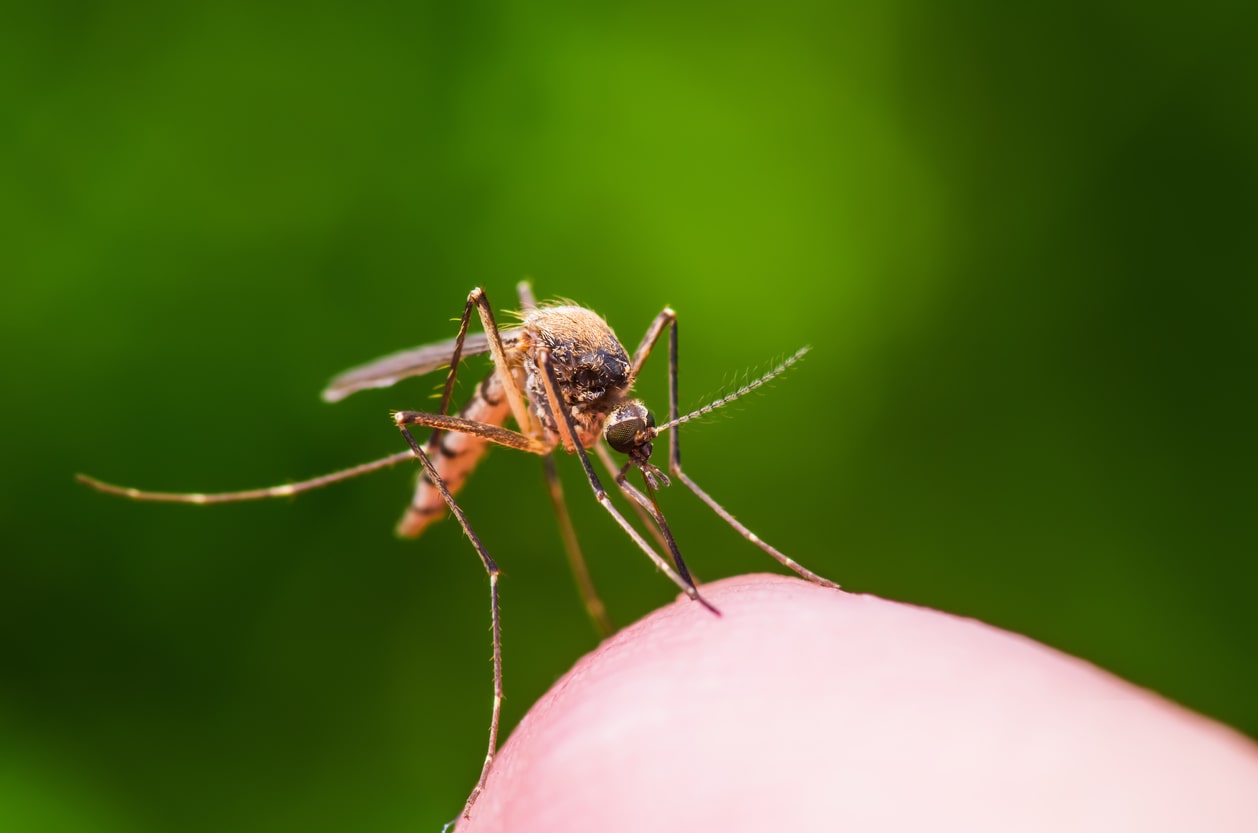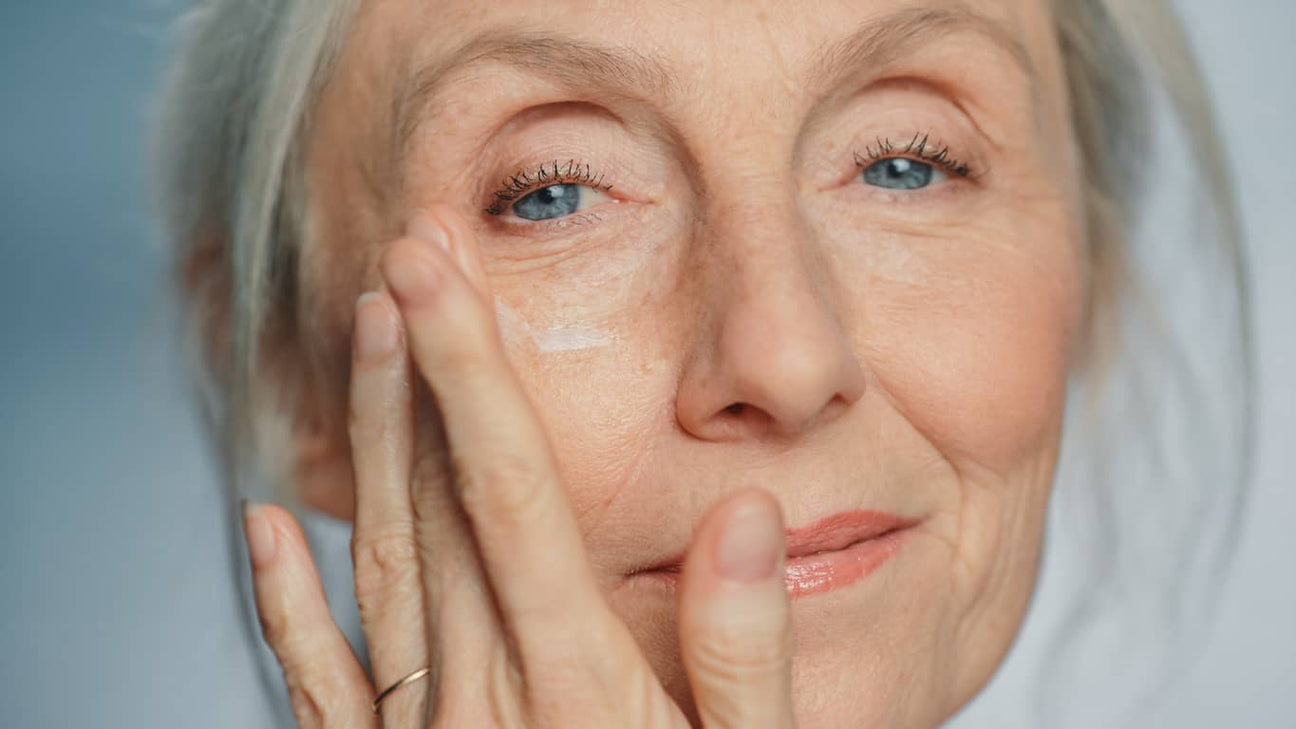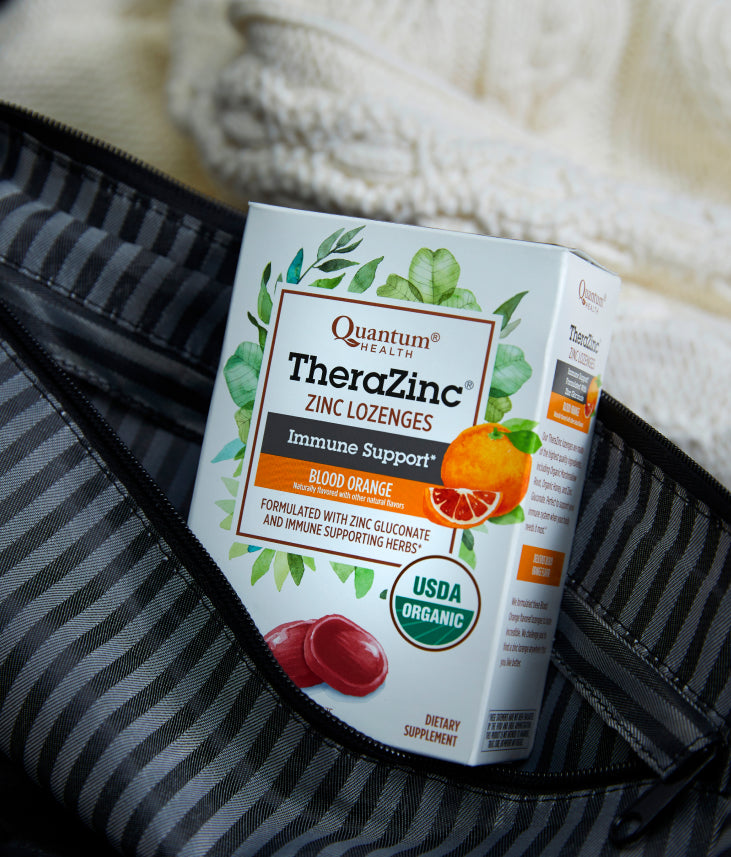Cold Sores vs. Canker Sores
Many people who contract a cold sore (also known as a Fever Blister) misdiagnose it as a canker sore. This can happen for many reasons. In some cases, the person does not want to believe they have contracted the herpes virus. In other cases, the person has had canker sores before, and it simply doesn’t occur to them that they could have a cold sore. In either case, there are some fairly recognizable differences that can help you differentiate between a cold sore and a canker sore: (pictures of colds sores, pictures of canker sores)
Cold Sores
- Usually occur outside the mouth: on or around the lips, on the cheek, chin, nose, and in some cases, on the eyes or eyelids.
- Cold sores show up as red bumps that eventually turn into full blown blisters, usually red or transparent like in color.
- Cold sores are caused exclusively by the Herpes Simplex Virus I.
Canker Sores
- Occur inside the mouth, on the inside of the cheeks, on or under the tongue, on the gums, on the underside of the lips, and the throat area.
- They show as dark red, round or oval sores that tend to be covered by a whitish/yellowish plaque film that can be scraped off. There is usually a red “halo” outlining the sore.
- Although recurrent, canker sores can be caused by bacteria, viruses, allergies, or general irritation in the mouth.
The easiest way to determine whether you have a cold sore or a canker sore is by the location of the sore. Cold sores are rarely found in the mouth. If they are, they take on a much more ‘blister’ like quality. Cold sores in the mouth also tend to be very small in comparison to canker sores. Using quality products like Lip Clear Lysine+ can stop pain and cut healing time significantly (J of Alt Med, June 2005).
Share
Your share can inspire countless others.



















